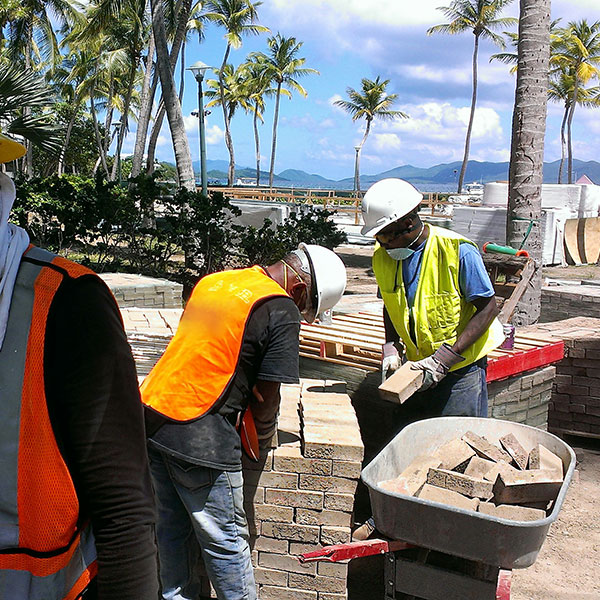Water Infrastructure Construction
Get a Quote For Your Project
Planning and Design:
Initial planning involves detailed hydrological studies to understand the area’s water needs and characteristics. Design considerations must account for the local climate, water source availability, and the intended use of the water system, whether it’s for residential, commercial, or irrigation purposes. This phase also includes mapping out the layout of water lines to ensure they are optimally placed for efficiency and minimal environmental disruption.
Environmental Considerations and Permits:
Due to the ecological sensitivity of Southwest Florida, especially with its wetlands and aquatic habitats, securing environmental permits is crucial. This process involves assessments to ensure that construction activities do not negatively impact water quality or disturb protected habitats. Regulatory bodies like the South Florida Water Management District and the U.S. Army Corps of Engineers may be involved in granting approvals.
Land Clearing and Grading:
Clearing the land for water line installation involves removing vegetation and possibly grading the land to ensure proper water flow and pipe placement. Care is taken to minimize the disturbance to the natural landscape and to implement erosion control measures that prevent sediment and pollutants from entering waterways.
Water Line Installation:
Trenching is conducted to lay down water pipes. In areas with high groundwater levels, special construction techniques such as dewatering may be necessary to keep the trench stable and safe for workers. Materials used for water pipes in this region typically include PVC, ductile iron, or HDPE, selected based on durability and resistance to corrosion from the local soil and water conditions.
Connection to Existing Infrastructure:
Connecting new water lines to the existing municipal water system or on-site water treatment facilities involves careful coordination. This step ensures that there are no leaks or contamination and that the system operates at optimal pressure and flow rates.
System Testing:
After installation, the new water infrastructure is rigorously tested for pressure, leaks, and contamination to ensure it meets all safety and operational standards. This might include chlorination procedures to disinfect the lines and ensure the water is safe for consumption.
Restoration and Cleanup:
Post-installation, the focus shifts to restoring the site. This involves replanting native vegetation and rehabilitating any areas that were disturbed during construction to blend seamlessly with the surrounding environment.
Ongoing Maintenance and Monitoring:
Regular maintenance is crucial to ensure the longevity and functionality of the water infrastructure. This includes routine inspections, cleaning, and repairs as necessary to address any issues such as leaks or blockages.
In Southwest Florida, water construction during site prep and land clearing must be handled with careful consideration of both the environmental impact and the technical challenges posed by the region’s geography. Effective planning, execution, and ongoing management are essential to ensure sustainable development that meets the needs of both the community and the local ecosystems.
